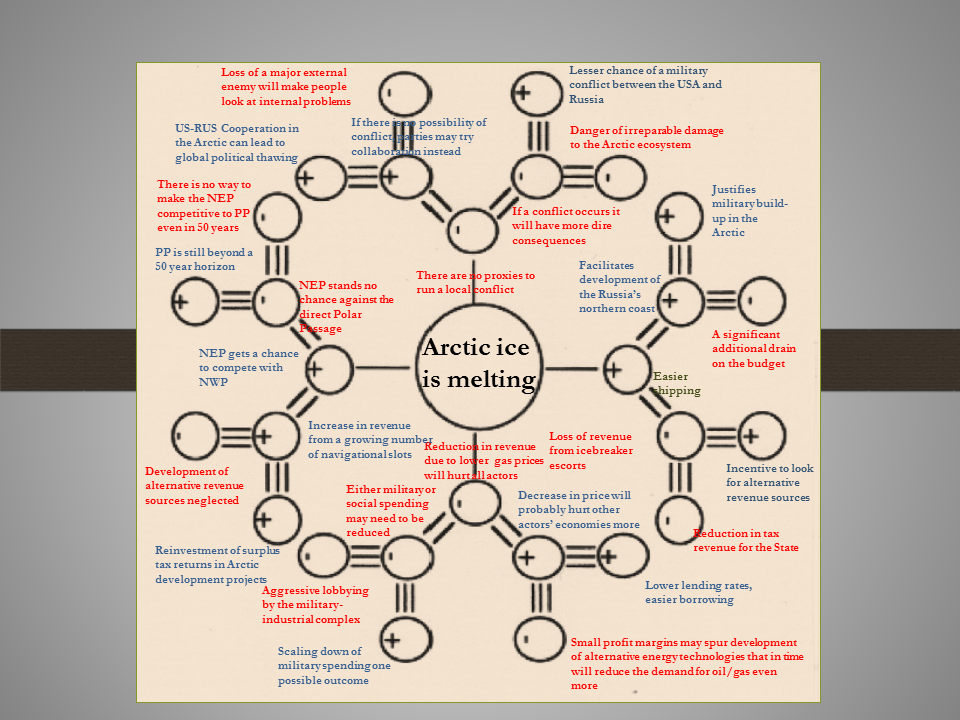The notion of Network Capital in SNA is used to
quantify aggregate network strength or capability.
It can also help to identify high-value individuals – those most important for the functioning of a network. Besides that the notion of Network Capital can be used for a large variety of benchmarking, flagging and monitoring purposes including:
- Determining how isolate/webbed a network is – True (Actual) NC/Total Potential NC;
- Measuring the response of a network to disruptive measures (reduction of the above ratio):
- Obtaining a measure of comparative Actors centrality (individual NC)
- Tracing indirect links with a maximum score = most efficient ones (particularly useful in large networks)
These and other SNA techniques assist in judging the operational modalities of an organization.
Such analysis allows to produce an assessment of the threat it poses and estimate its capability to cause harm.
It can be applied to all functional components of a network including operational support, information operations, political connections, violent activities, as well as logistics and resupply operations.
In particular, analysts can apply SNA to the study of criminal enterprises involved in the functioning of a legit network.
It is not unusual that a legally operating politically engaged network is funded through criminal activities or relies on criminals for covert missions or operation of its logistics chain. A starting point for analysis could be setting up a roster of individuals who perform as go-betweens linking lawful organisational and command structures with the criminal ones.
Infiltration of criminal networks is a complex undertaking fraught with significant risks. Instead, homing on go-betweens can provide a safer opportunity for collecting sensitive information. Analytic exploration of go-betweens can typically involve figuring out and documenting their responsibilities, personalities, background, assets and emotional connections. A purpose of such analysis would be to suggest courses of action aimed at acquiring access to go-betweens and to information handled by them.
Common types of social networks include elite networks, ex-professionals’ networks (law enforcement, intelligence agencies), prison networks, worldwide ethnic and religious communities, crime syndicates and neighbourhood networks.
An important purpose of certain networks can be to advance hidden agendas or secret group objectives, including in the political or foreign affairs theatre. SNA offers techniques that can help to discover, monitor and, ultimately, influence the functioning of such networks.





